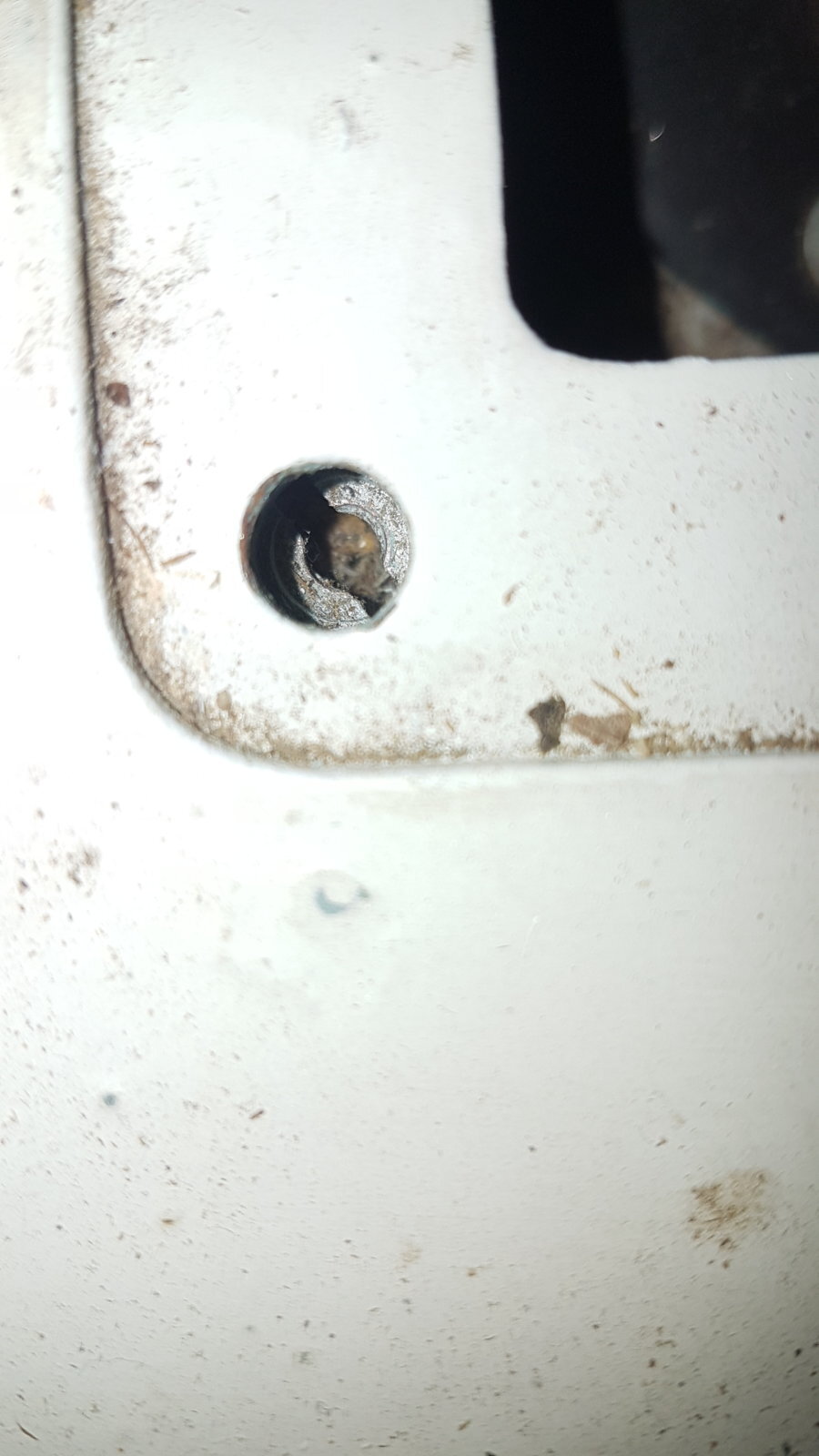Biscuit
Active Member
- Joined
- Jul 24, 2017
- Messages
- 54
- Country Flag
Hey guys,
Finally getting towards the end of my build, it's taken far longer than expected, having a baby and restoring a house at the same time, but I digress...
I wanted to cover the hole above the fuel pump (where the rear heater would normally go) and I've fabricated something to match the contours of the floor pan, but I have no idea what bolts are needed - I've looked at the parts lists but can't see anything to match what is required - the bolt hole looks like a double-sided key hole. It's probably just a lack of experience on my part, but if someone could point me in the right direction I'd be grateful.

Second question - one of the arms in the flasher relay (81980-36070 - it's a 1983 BJ42) on my truck was burnt out. I've got the lights working again short term by soldering in a makeshift arm, and I've ordered a new relay for the long term, but I don't want to fit the new relay without diagnosing what caused the problem with the old one. Are there common causes for this I should look for or is this just something that happens to old flasher relays?
Cheers in advance, hope you're all well
Finally getting towards the end of my build, it's taken far longer than expected, having a baby and restoring a house at the same time, but I digress...
I wanted to cover the hole above the fuel pump (where the rear heater would normally go) and I've fabricated something to match the contours of the floor pan, but I have no idea what bolts are needed - I've looked at the parts lists but can't see anything to match what is required - the bolt hole looks like a double-sided key hole. It's probably just a lack of experience on my part, but if someone could point me in the right direction I'd be grateful.

Second question - one of the arms in the flasher relay (81980-36070 - it's a 1983 BJ42) on my truck was burnt out. I've got the lights working again short term by soldering in a makeshift arm, and I've ordered a new relay for the long term, but I don't want to fit the new relay without diagnosing what caused the problem with the old one. Are there common causes for this I should look for or is this just something that happens to old flasher relays?
Cheers in advance, hope you're all well



